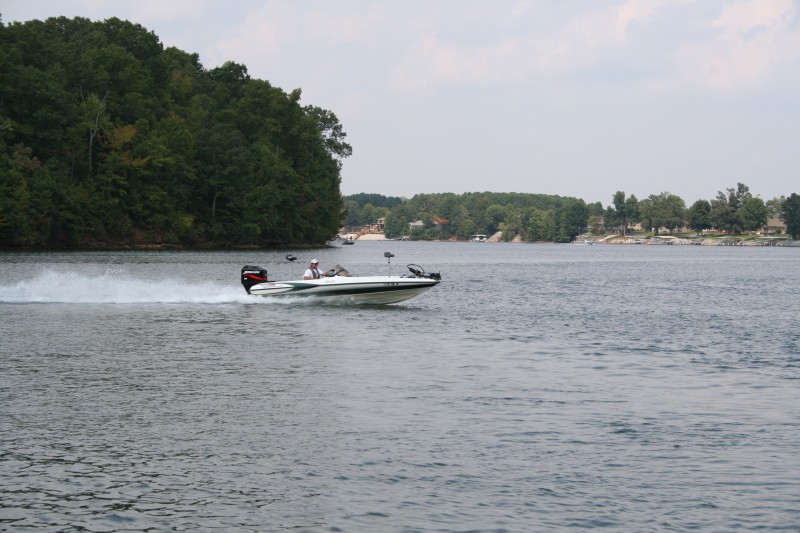Four Mexican entities will be the most affected in all areas of their economies, they will recover in 2022, but it will be partially. The confinement in Mexico and in the world caused a major impact on the tourism sector around the planet; Just last June 10, the World Travel and Tourism Council (WTTC) estimated that the pandemic will cause the loss of 197 million jobs worldwide and a loss of 5 trillion 543 billion dollars per year. Global Gross Domestic Product (GDP) in case there is no support for the sector.
With this panorama, the Mexican states that depend the most on income from tourism will face a very complex economic scenario, but it is one thing to say it and another to know the figures already handled by some firms dedicated to the analysis and preparation of economic scenarios.
Moody’s Investor Services calculated the effects on state economies highly dependent on tourism. The figures are to worry.
Devastating effects for Quintana Roo, Baja California Sur, Nayarit and Guerrero
Temporary accommodation, food and beverage services represent 25 percent of the GDP of Quintana Roo, a little more than 13 percent of the GDP for Baja California Sur; almost 13 percent for Nayarit and practically 6 percent for Guerrero. Thus, it is explained that in Moody’s scenario the GDP of these four states will have an average decrease of 3 percent for this year.
In such a negative scenario, the contraction in the collection of lodging and payroll taxes will be the tonic for these states, to which will be added the decrease in federal contributions due to the decrease in national income. Worst case scenario, no doubt.
According to figures from Moody’s, as of April, hotel occupancy rates fell 34.1 percent in Nayarit, 32.5 percent in Baja California Sur, 30.8 percent in Quintana Roo, and 29.4 percent in Guerrero, compared to April 2019. Therefore, Moody’s calculates in a base case that the average hotel occupancy rate in the four states will decrease 47.6 percent and that the employment rate will fall 5.7 percent. But in a scenario of greater stress, these percentages would increase to 71.3 and 8.6 percent, respectively.
The above decreases will translate directly into lower lodging and payroll tax collections. Consequently, the US agency expects a contraction of the income of these states. Under the base scenario, the decreases will be 19.1 percent for Baja California, 15.3 percent for Quintana Roo, 8.2 percent for Nayarit, and 6.5 percent for Guerrero. For 2021, an average increase in own income of 11.6 percent is calculated in these four entities
Only the impact of the coronavirus on tourism would lead to a loss of 4.8 percent of the GDP of Quintana Roo, 2.9 percent of the GDP of Baja California, 3.1 percent of the GDP of Nayarit and 1.3 percent in the case of Guerrero.
In this scenario, the financial balances of Quintana Roo and Baja California will be more affected than those of Nayarit and Guerrero, largely because the first two states depend more on international tourism, which also arrives in large numbers by air, while Nayarit and Guerrero depend more on national tourism and are arrival sites by car in a large percentage because they are close to two of the country’s large metropolitan centers (CDMX and Guadalajara).
Epidemiological traffic light will boost recovery, but the impacts of the virus will continue
The use of the epidemiological traffic light promoted by the health authorities will allow the recovery to pick up speed at a certain moment in the main entities dependent on tourism, especially when they reach the green color.
However, “full recovery will be subject to an increase in the number of international and national tourists. This could take longer, as people are unwilling to travel due to forced or recommended quarantines that some countries have stipulated upon return, as well as the lack of an effective vaccine or treatment.
Mexico relies heavily on tourists from the United States and Canada, which represented 52.2 percent and 19.4 percent of registered tourists as of April 2020. Currently, the United States has not implemented quarantine measures when returning to the country. , while in Canada, all international arrivals must be isolated for 14 days, which can deter people from traveling abroad, “says Moody’s in its report.





